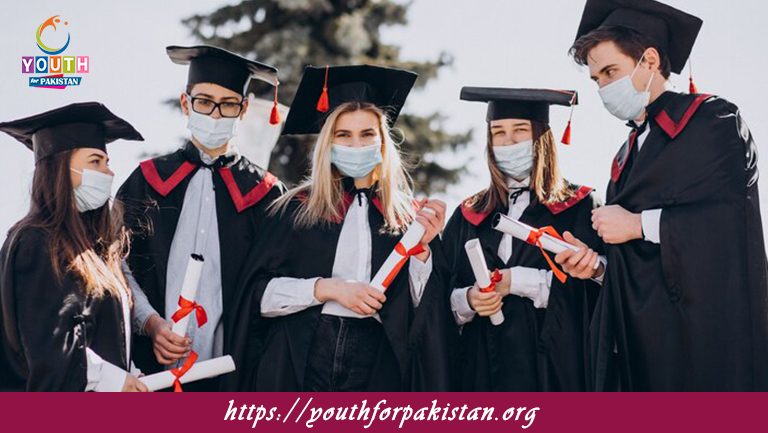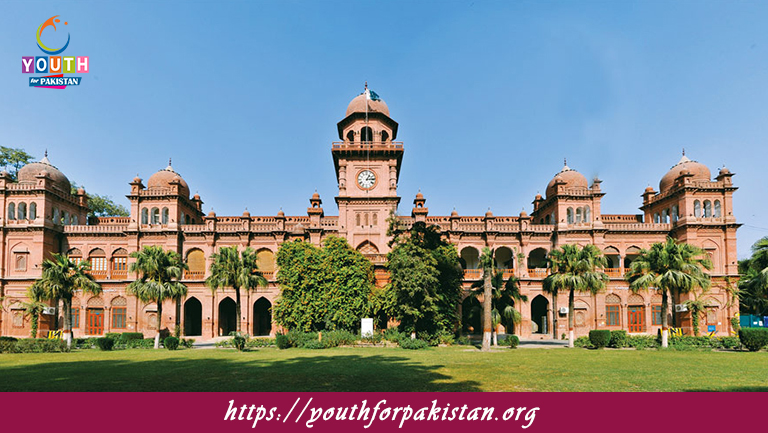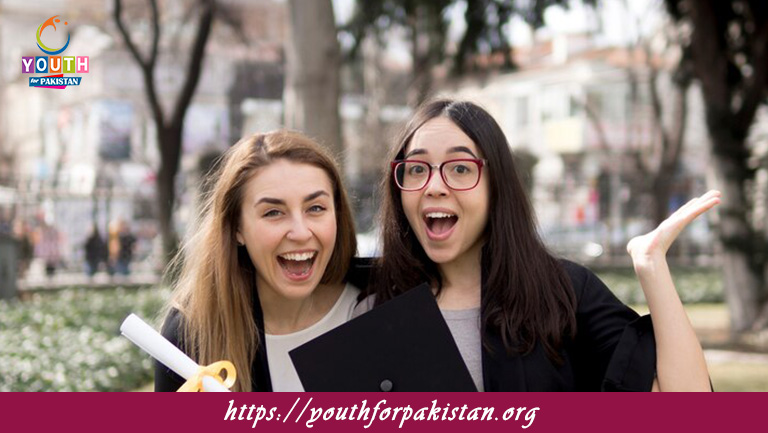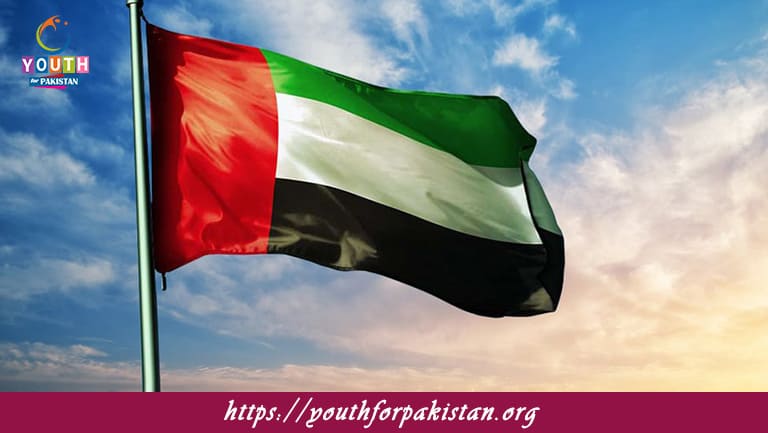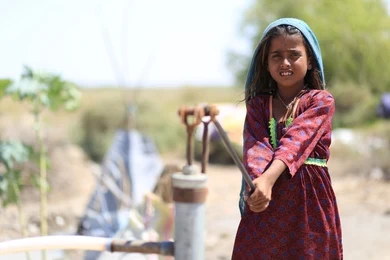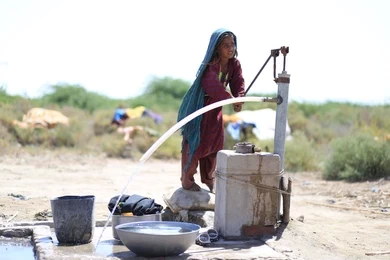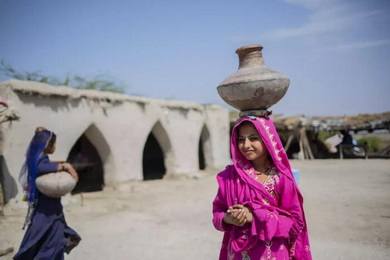Welcome to the Pakistan Movement MCQs with Answers. In this post, we are sharing Pakistan Movement Multiple Choice Questions and Answers in Pakistan General Knowledge section for various competitive exams in Pakistan. Find practice Pakistan Movement practice test with answers here. Each question offers a chance to enhance your knowledge regarding Pakistan Movement online MCQs Test.
Who was the founder of the All-India Muslim League?
a) Muhammad Ali Jinnah
b) Allama Iqbal
c) Liaquat Ali Khan
d) Sir Syed Ahmed Khan
In which year was the All-India Muslim League founded?
a) 1906
b) 1913
c) 1920
d) 1940
Which resolution led to the demand for a separate state for Muslims in British India?
a) Lahore Resolution
b) Delhi Resolution
c) Lucknow Resolution
d) Karachi Resolution
In which year was the Lahore Resolution passed?
a) 1937
b) 1940
c) 1945
d) 1947
Which of the following leaders is known as the “Spiritual Father of Pakistan”?
a) Liaquat Ali Khan
b) Muhammad Ali Jinnah
c) Allama Iqbal
d) Maulana Shaukat Ali
Who presented the idea of the two-nation theory that became the basis for the creation of Pakistan?
a) Liaquat Ali Khan
b) Maulana Abul Kalam Azad
c) Muhammad Ali Jinnah
d) Allama Iqbal
Which of the following leaders is known as the “Father of the Nation” in Pakistan?
a) Allama Iqbal
b) Liaquat Ali Khan
c) Muhammad Ali Jinnah
d) Maulana Shaukat Ali
Who was the first Governor-General of Pakistan?
a) Allama Iqbal
b) Liaquat Ali Khan
c) Muhammad Ali Jinnah
d) Maulana Abul Kalam Azad
In which year did Pakistan become an independent state?
a) 1945
b) 1947
c) 1950
d) 1955
What was the name of the viceroy of India at the time of the partition in 1947?
a) Lord Mountbatten
b) Lord Curzon
c) Lord Canning
d) Lord Cornwallis
What was the name of the plan proposed by Lord Mountbatten for the partition of India?
a) Mountbatten Plan
b) Cripps Mission
c) Simon Commission
d) Cabinet Mission
What was the name of the region that witnessed the most violence during the partition of India in 1947?
a) Punjab
b) Sindh
c) Bengal
d) Balochistan
Who was the last British viceroy of India?
a) Lord Wavell
b) Lord Mountbatten
c) Lord Curzon
d) Lord Irwin
In which year did the British government announce the decision to transfer power to the people of India?
a) 1935
b) 1940
c) 1942
d) 1946
What was the name of the Indian political party that advocated for the rights of Muslims in British India?
a) Indian National Congress
b) All-India Muslim League
c) Khilafat Movement
d) Indian National Army
What was the primary objective of the Khilafat Movement in India?
a) Independence from British rule
b) Protection of Muslim rights
c) Restoration of the Caliphate
d) Equal representation in the government
Which of the following leaders played a significant role in the Khilafat Movement in India?
a) Jawaharlal Nehru
b) Maulana Abul Kalam Azad
c) Maulana Muhammad Ali Jauhar
d) Sardar Patel
Who was the first Prime Minister of Pakistan?
a) Allama Iqbal
b) Muhammad Ali Jinnah
c) Liaquat Ali Khan
d) Khawaja Nazimuddin
In which year was Liaquat Ali Khan assassinated?
a) 1950
b) 1951
c) 1952
d) 1953
Who was the first President of Pakistan?
a) Ayub Khan
b) Iskander Mirza
c) Khawaja Nazimuddin
d) Sikandar Hayat Khan
What was the name of the document that outlined the initial structure of the government of Pakistan after independence?
a) Pakistan Resolution
b) Lahore Declaration
c) Objectives Resolution
d) Karachi Agreement
In which year was the Objectives Resolution passed in Pakistan?
a) 1948
b) 1949
c) 1950
d) 1951
What was the name of the military operation launched by Pakistan in 1948 to secure the region of Kashmir?
a) Operation Gibraltar
b) Operation Swift Retort
c) Operation Rah-e-Rast
d) Operation Gulmarg
In which year did the first war between India and Pakistan take place over the issue of Kashmir?
a) 1947
b) 1948
c) 1965
d) 1971
What was the name of the ceasefire line that divided Kashmir into Indian-administered and Pakistan-administered territories in 1949?
a) Line of Control (LoC)
b) Durand Line
c) Radcliffe Line
d) McMahon Line
What was the name of the agreement signed between India and Pakistan in 1960 that resolved the water dispute over the Indus River system?
a) Shimla Agreement
b) Lahore Declaration
c) Indus Waters Treaty
d) Tashkent Agreement
Who was the President of the Indian National Congress during the time of the partition of India?
a) Mahatma Gandhi
b) Jawaharlal Nehru
c) Sardar Patel
d) Maulana Abul Kalam Azad
What was the name of the first Prime Minister of India after independence?
a) Sardar Patel
b) Maulana Abul Kalam Azad
c) Jawaharlal Nehru
d) Subhas Chandra Bose
Which of the following leaders was known for his role in the Non-Cooperation Movement against British rule in India?
a) Maulana Abul Kalam Azad
b) Sardar Patel
c) Subhas Chandra Bose
d) Mahatma Gandhi
What was the name of the British viceroy of India who announced the partition plan in 1947?
a) Lord Mountbatten
b) Lord Curzon
c) Lord Wavell
d) Lord Canning
What was the name of the first governor-general of Pakistan?
a) Liaquat Ali Khan
b) Muhammad Ali Jinnah
c) Khawaja Nazimuddin
d) Iskander Mirza
What was the name of the agreement signed between the Indian National Congress and the Muslim League in 1916?
a) Lucknow Pact
b) Delhi Agreement
c) Shimla Declaration
d) Lahore Accord
Who was the leader of the Indian National Congress during the time of the partition of India?
a) Jawaharlal Nehru
b) Sardar Patel
c) Mahatma Gandhi
d) Maulana Abul Kalam Azad
Which of the following leaders was known for his role in the Quit India Movement against British rule in India?
a) Maulana Abul Kalam Azad
b) Sardar Patel
c) Subhas Chandra Bose
d) Mahatma Gandhi
What was the name of the system introduced by the British to divide Bengal on religious lines in 1905?
a) Bengal Partition
b) Bengal Separation
c) Bengal Division
d) Bengal Reorganization
Who was the last Governor-General of Pakistan?
a) Ayub Khan
b) Iskander Mirza
c) Khawaja Nazimuddin
d) Sikandar Hayat Khan
In which year did Ayub Khan assume the presidency of Pakistan through a military coup?
a) 1955
b) 1958
c) 1962
d) 1969
What was the name of the military operation launched by Pakistan in 1965 against India?
a) Operation Swift Retort
b) Operation Gibraltar
c) Operation Rah-e-Rast
d) Operation Grand Slam
What was the name of the agreement signed between India and Pakistan in 1972 that ended the Indo-Pakistani War of 1971?
a) Tashkent Agreement
b) Shimla Agreement
c) Lahore Declaration
d) Simla Accord
In which year did Pakistan recognize Bangladesh as an independent state?
a) 1970
b) 1971
c) 1972
d) 1973
What was the name of the leader of the Awami League who became the first President of Bangladesh in 1971?
a) Ziaur Rahman
b) Sheikh Mujibur Rahman
c) Khaleda Zia
d) Hossain Mohammad Ershad
What was the name of the Indian military operation that led to the creation of Bangladesh in 1971?
a) Operation Swift Retort
b) Operation Searchlight
c) Operation Rah-e-Rast
d) Operation Grand Slam
Who was the leader of the Pakistan Peoples Party and the first female Prime Minister of Pakistan?
a) Benazir Bhutto
b) Fatima Jinnah
c) Begum Ra’ana Liaquat Ali Khan
d) Hina Rabbani Khar
In which year did Zulfikar Ali Bhutto assume the presidency of Pakistan?
a) 1970
b) 1971
c) 1972
d) 1973
Who is known as the “Spiritual Father of Pakistan”?
a) Allama Iqbal
b) Liaquat Ali Khan
c) Muhammad Ali Jinnah
d) Sir Syed Ahmed Khan
What was the year of the Lahore Resolution, which called for the creation of a separate state for Muslims in British India?
a) 1930
b) 1940
c) 1942
d) 1945
Who was the first President of the All-India Muslim League?
a) Liaquat Ali Khan
b) Allama Iqbal
c) Muhammad Ali Jinnah
d) Sir Aga Khan III
What was the name of the session at which the Lahore Resolution was passed?
a) Delhi Session
b) Lucknow Session
c) Karachi Session
d) Lahore Session
In which year did the All-India Muslim League adopt the Lahore Resolution?
a) 1920
b) 1930
c) 1940
d) 1947
Who was the leader of the Khilafat Movement in India?
a) Maulana Abul Kalam Azad
b) Maulana Mohammad Ali Johar
c) Maulana Shaukat Ali
d) Maulana Zafar Ali Khan
Who was the founder of the All-India Muslim League?
a) Nawab Viqar-ul-Mulk
b) Nawab Mohsin-ul-Mulk
c) Nawab Salimullah Khan
d) Nawab Aga Khan
What was the aim of the Khilafat Movement in India?
a) To support the British government
b) To establish a Hindu nation
c) To preserve the Ottoman Caliphate
d) To promote the Indian National Congress
In which year did the Khilafat Movement start in India?
a) 1914
b) 1919
c) 1920
d) 1922
Who was the President of the Indian National Congress when the Khilafat Movement started?
a) Mahatma Gandhi
b) Jawaharlal Nehru
c) Bal Gangadhar Tilak
d) Motilal Nehru
Who proposed the Two-Nation Theory, which became the basis for the creation of Pakistan?
a) Allama Iqbal
b) Liaquat Ali Khan
c) Muhammad Ali Jinnah
d) Maulana Abul Kalam Azad
In which year did Muhammad Ali Jinnah join the All-India Muslim League?
a) 1906
b) 1913
c) 1916
d) 1920
What was the main demand of the Muslim League in the 1946 elections in British India?
a) Independence from British rule
b) Equal rights for all citizens
c) Separate electorates for Muslims
d) Social reforms for Muslims
What was the outcome of the 1946 elections in British India?
a) Muslim League’s majority in the Muslim constituencies
b) Indian National Congress’s majority in the Hindu constituencies
c) Coalition government formed by Muslim League and Indian National Congress
d) No clear majority for any party
What was the slogan of the Pakistan Movement?
a) “Long live Pakistan”
b) “Jai Hind”
c) “Pakistan Zindabad”
d) “Inquilab Zindabad”
What was the name of the newspaper started by Muhammad Ali Jinnah to promote the cause of the Muslims of British India?
a) Al-Hilal
b) The Dawn
c) The Comrade
d) The Dawn of Pakistan
Who was the founder of the Aligarh Movement, which emphasized the importance of modern education among Indian Muslims?
a) Sir Syed Ahmed Khan
b) Maulana Abul Kalam Azad
c) Maulana Shaukat Ali
d) Maulana Zafar Ali Khan
What was the name of the pact signed between the Indian National Congress and the Muslim League in 1916?
a) Lucknow Pact
b) Delhi Pact
c) Lahore Pact
d) Karachi Pact
Who was the President of the Indian National Congress when the Lucknow Pact was signed?
a) Mahatma Gandhi
b) Jawaharlal Nehru
c) Bal Gangadhar Tilak
d) Annie Besant
What was the main outcome of the Lucknow Pact?
a) Demand for complete independence from British rule
b) Demands for social reforms in India
c) Alliance between the Indian National Congress and the Muslim League
d) Establishment of a separate Muslim state
In which year was the All-India Muslim League established?
a) 1899
b) 1906
c) 1911
d) 1920
Who was the President of the All-India Muslim League at the time of the Lahore Resolution?
a) Sir Aga Khan III
b) Nawab Viqar-ul-Mulk
c) Nawab Salimullah Khan
d) Maulana Abul Kalam Azad
What was the other name given to the Lahore Resolution?
a) Pakistan Resolution
b) Lahore Declaration
c) Muslim League Resolution
d) All-India Resolution
What was the main idea behind the creation of Pakistan as a separate state for Muslims?
a) To establish a secular state
b) To achieve economic prosperity
c) To preserve Muslim identity and culture
d) To promote democracy
What was the role of Muhammad Ali Jinnah in the Pakistan Movement?
a) Leader of the Indian National Congress
b) Leader of the Khilafat Movement
c) Leader of the All-India Muslim League
d) Leader of the Non-Cooperation Movement
What was the name of the famous session of the All-India Muslim League held in Lucknow in 1937?
a) Lucknow Session
b) Delhi Session
c) Karachi Session
d) Jinnah Session
What was the significance of the Lucknow Pact in the history of the Pakistan Movement?
a) It led to the creation of Pakistan
b) It strengthened the Hindu-Muslim unity in India
c) It promoted the cause of Indian nationalism
d) It paved the way for the creation of the Indian National Congress
Who coined the term “Pakistan” in the 1930s as a name for a separate state for Muslims in India?
a) Allama Iqbal
b) Muhammad Ali Jinnah
c) Liaquat Ali Khan
d) Maulana Abul Kalam Azad
What was the main reason behind the decline of the Mughal Empire in India?
a) Internal conflicts and wars
b) Foreign invasions and attacks
c) Economic crises and famines
d) Social and cultural changes
Who was the last Mughal emperor of India?
a) Bahadur Shah I
b) Aurangzeb
c) Bahadur Shah II
d) Shah Jahan
What was the main impact of the decline of the Mughal Empire on the Indian subcontinent?
a) Rise of regional powers and states
b) Establishment of a strong central government
c) Expansion of the Mughal territories
d) Increase in cultural and artistic activities
Who was the founder of the Mughal Empire in India?
a) Babur
b) Akbar
c) Shah Jahan
d) Aurangzeb
What was the primary language of the Mughal court during their rule in India?
a) Urdu
b) Persian
c) Arabic
d) Turkish
Who was the last powerful Mughal emperor who expanded the empire to its greatest extent?
a) Babur
b) Akbar
c) Aurangzeb
d) Shah Jahan
What was the main policy of Akbar, the Mughal emperor, regarding religious tolerance in his empire?
a) Forced conversion of non-Muslims
b) Persecution of Hindus and Sikhs
c) Promotion of Hindu-Muslim unity
d) Suppression of all religions except Islam
Who was the famous Mughal emperor known for his architectural achievements, including the Taj Mahal?
a) Babur
b) Akbar
c) Shah Jahan
d) Aurangzeb

